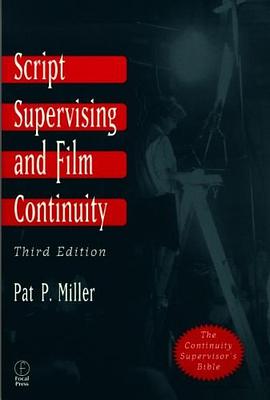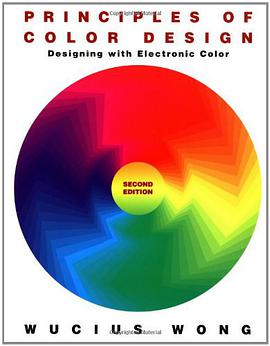

具体描述
Clyde Taylor exposes the concept of oartO as a tool of ethnocentricity and racial ideology. He challenges the history of aesthetics as a recent invention of privileged Western consumerism, and questions the myth of its ancient Greek origin. Aestheticism, he says is a party to the establishment of whiteness as cultural norm. oThe aesthetic experienceO is revealed to be the stylistic/structural contribution to the Western master narrative which dominates historical interpretation. Areas such as cinema studies, the avant garde, Marxist and feminist criticism are seen as seriously compromised by this aesthetic reasoning. Examining various texts including The Birth of a Nation, Taylor demonstrates how rationales of oartO are used to mask personal, class, and cultural biases. Taylor offers a ocritique of representationO as one alternative to aestheticism. Imitation of Life, The Cotton Club, and The Marrow of Tradition are read as odoppelganger discoursesO where the values of one social group are mobilized as the narrative double of a more powerful group. TaylorOs innovative analysis of the semantics of unequal power refers to these doublings as oironies of discourse.O Novels and films by Chinua Achebe, Toni Morrison, Richard Wright, Ousmane Sembene, Spike Lee, Souleymanne Cisse, Victor Masayesva, and Julie Dash, and the Vietnam Memorial design of Maya Lin are scrutinized in terms of resistance to the reign of the dominant system of aesthetics. According to Taylor whatever was once gained through this narcissistic oaesthetic gazeO has long since been exhausted. Liberation from its narrow assumptions will open richer resources to human imagination and creativity.
作者简介
目录信息
读后感
评分
评分
评分
评分
用户评价
相关图书
本站所有内容均为互联网搜索引擎提供的公开搜索信息,本站不存储任何数据与内容,任何内容与数据均与本站无关,如有需要请联系相关搜索引擎包括但不限于百度,google,bing,sogou 等
© 2025 book.quotespace.org All Rights Reserved. 小美书屋 版权所有




















